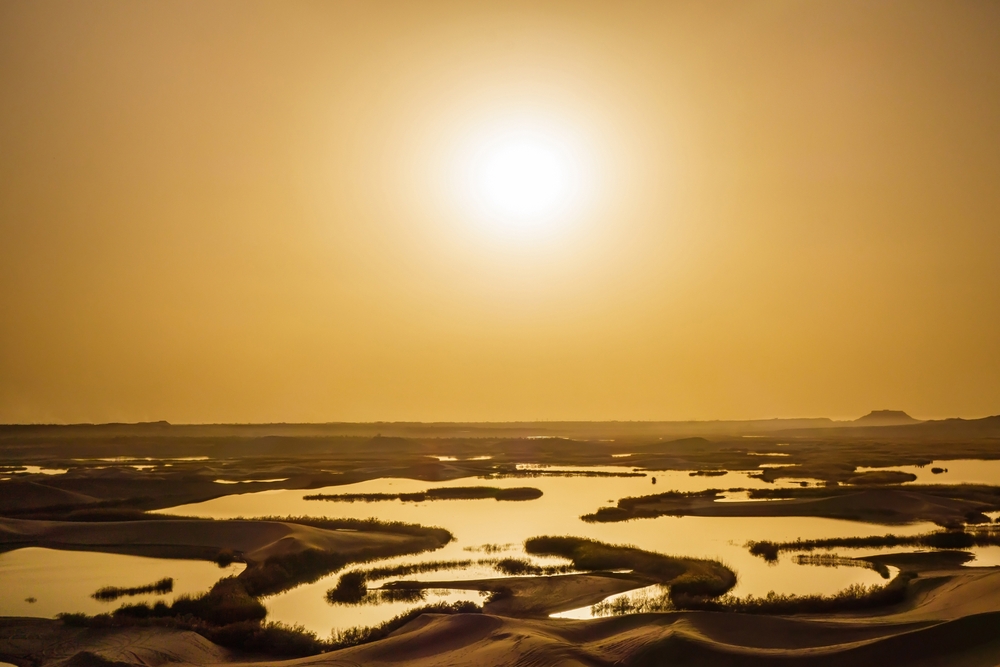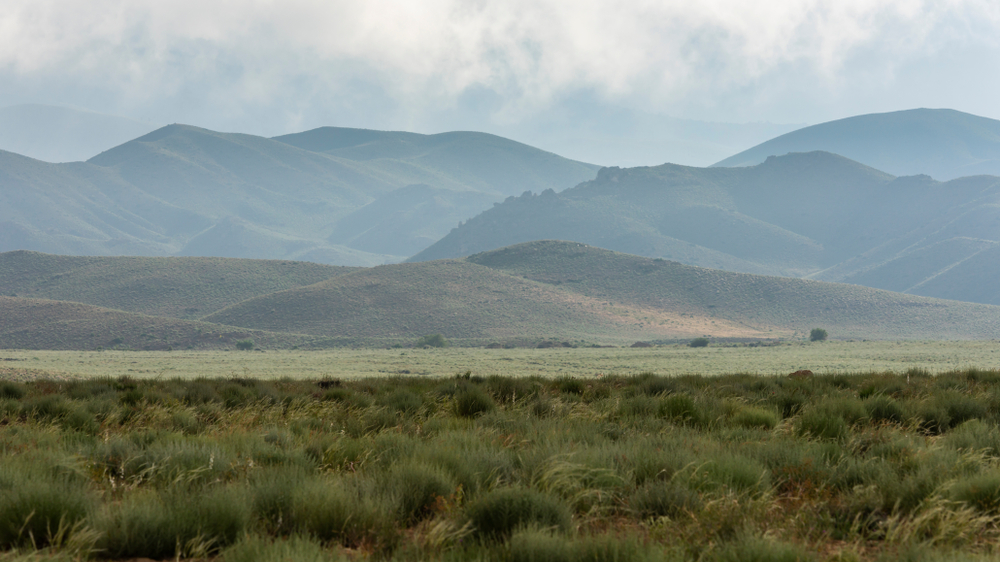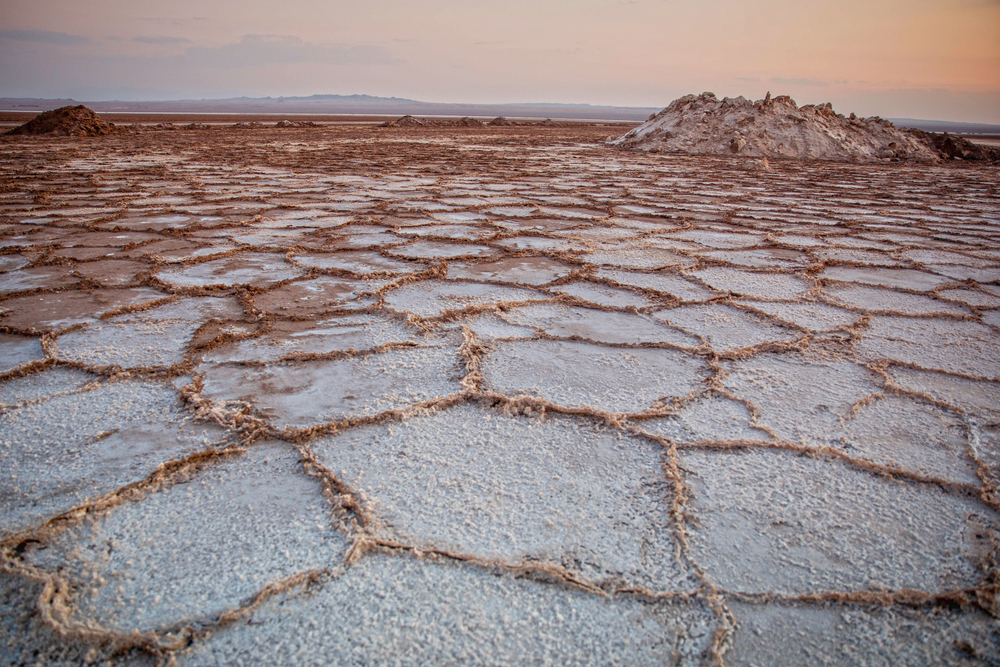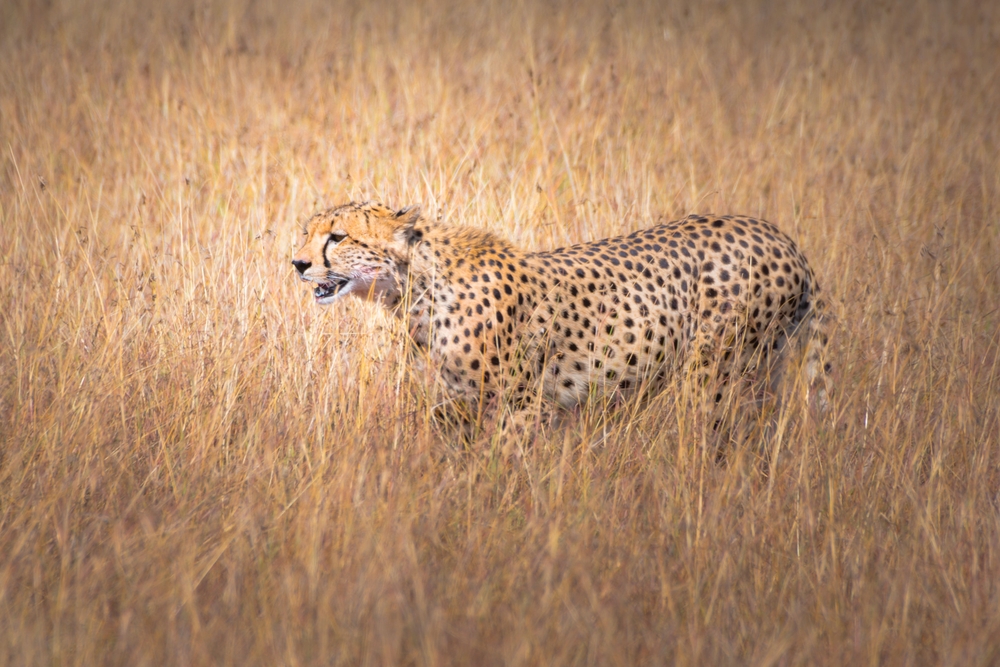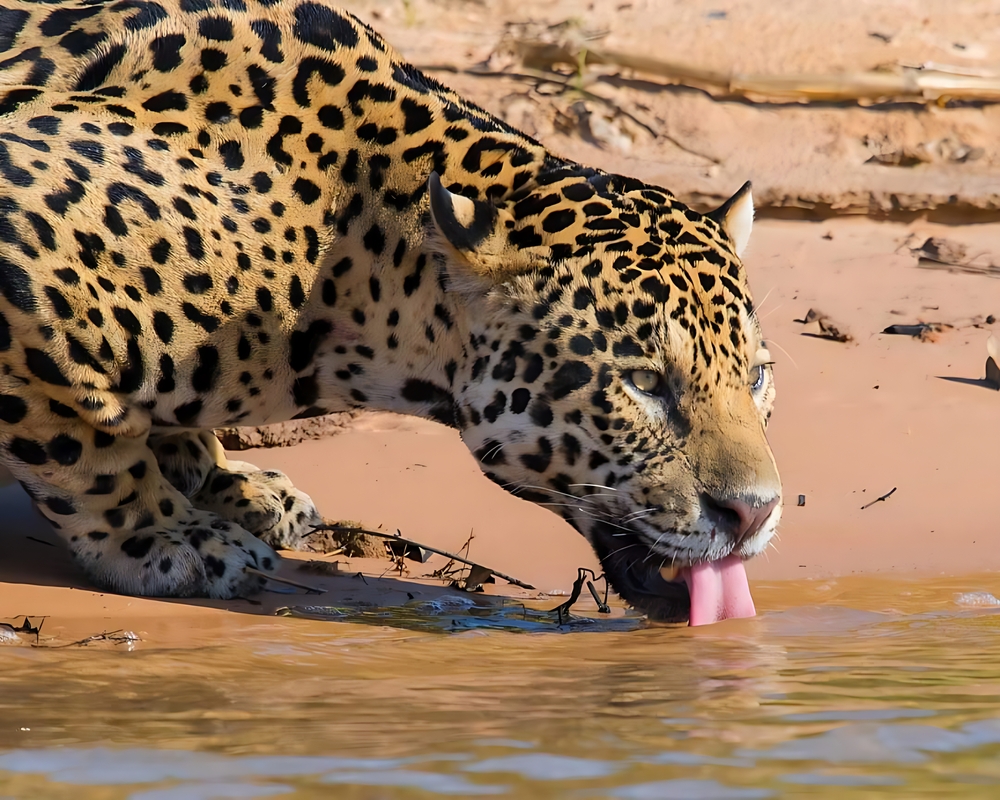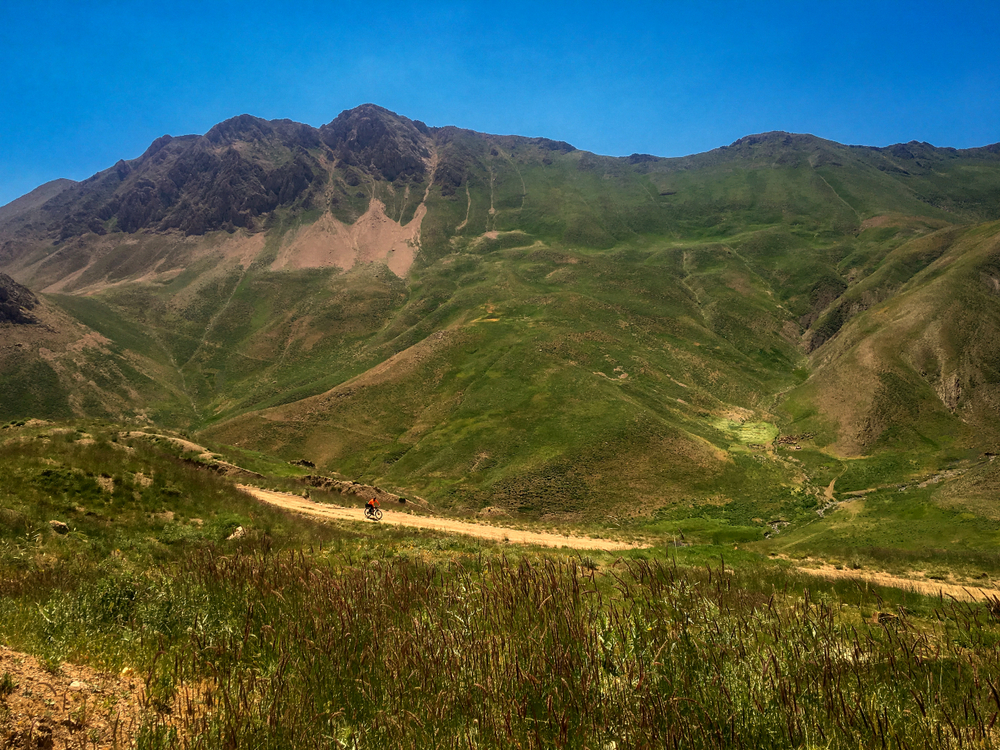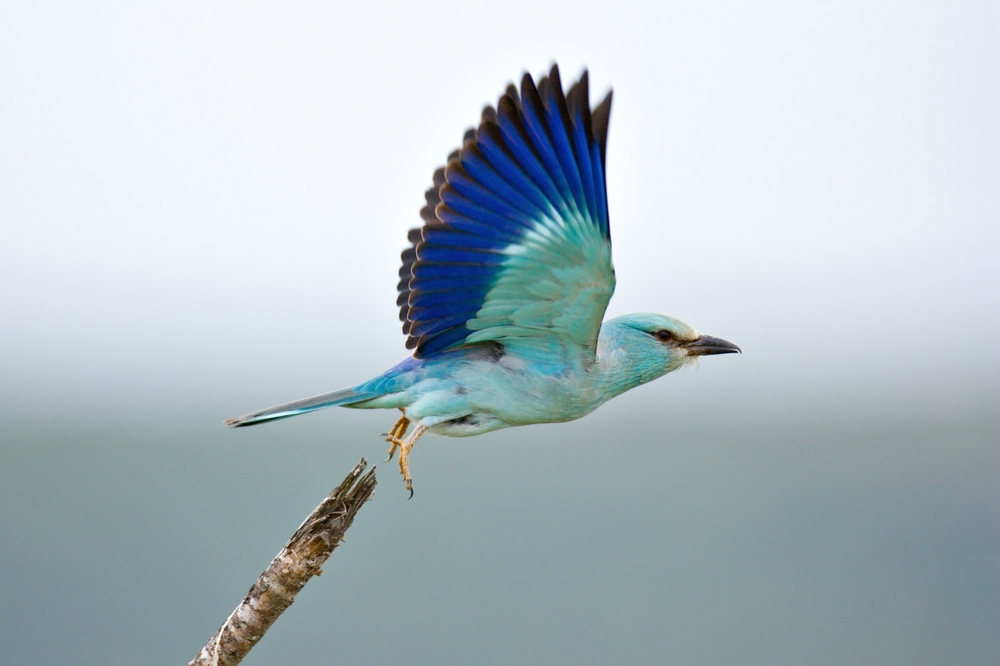Bakhtegan Overview
Bakhtegan National Park, or پارک ملی بختگان in Persian, is located in the Fars Province of Iran, encompassing an area of approximately 1,163 square miles (3,013 square kilometers). It is one of Iran’s most ecologically significant parks, centered around the now-diminished Bakhtegan and Tashk lakes.
This arid park is part of the southern Zagros Mountains’ rain-shadow region and exhibits a stark yet captivating beauty defined by dry plains, rolling hills, and semi-arid desert landscapes. The terrain is interspersed with salt flats, seasonal wetlands, and rugged ridges, with notable features like the lakebeds of Bakhtegan and Tashk, which historically supported large ecosystems.
The vegetation is primarily composed of xerophytic plants adapted to the region’s dry climate. Thorny shrubs, tamarisk trees, and halophyte vegetation dominate, offering sparse yet vital habitats for the park’s wildlife.
During wetter periods, the park’s terrain is punctuated with patches of wildflowers, adding bursts of color to the otherwise muted palette. The park’s historical role as a wetland sanctuary has shaped its ecological identity, with the former lakes acting as key resting spots for migratory birds.
Bakhtegan National Park is renowned for its diverse wildlife, despite the challenges posed by its harsh environment. Birdlife is particularly abundant, with species such as flamingos, cranes, pelicans, and storks being iconic to the park. These birds historically relied on the park’s wetlands during their migrations, although the drying of the lakes has had significant impacts on their populations.
The mammalian fauna includes species like Persian gazelles, foxes, wild boars, and the elusive caracal. Reptiles such as lizards and snakes also thrive in the rocky and sandy regions. The park’s ecosystem is a delicate balance, with each species uniquely adapted to the arid conditions.
Popular features of Bakhtegan National Park include the striking vistas of the dry lakebeds, which create a surreal, reflective landscape, particularly at sunset. Birdwatching was once a major activity when the lakes retained water, and it remains a draw for those hoping to spot resilient species that still visit the area. Visitors can also explore the rugged trails that wind through the park, offering opportunities to experience the region’s isolation and serenity.
Visitors typically engage with Bakhtegan National Park through hiking, wildlife observation, and photography. The park’s unique terrain and stark beauty provide a haven for nature enthusiasts and photographers alike. However, the drying of Bakhtegan and Tashk lakes due to climate change and upstream damming has significantly altered the park’s ecology.
Efforts are underway to address these conservation challenges, including initiatives to manage water usage and raise awareness about the importance of preserving the region’s biodiversity. Despite these difficulties, the park remains a testament to nature’s resilience and a critical site for ongoing environmental research and restoration.








































































